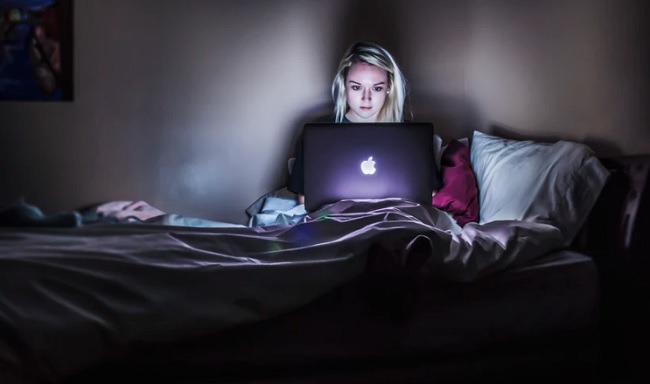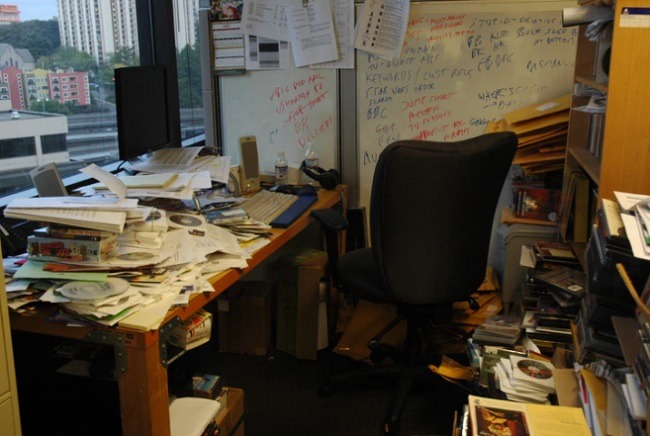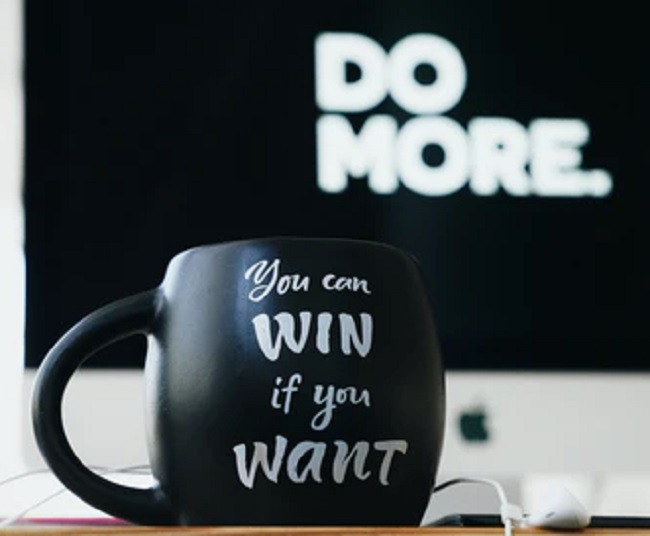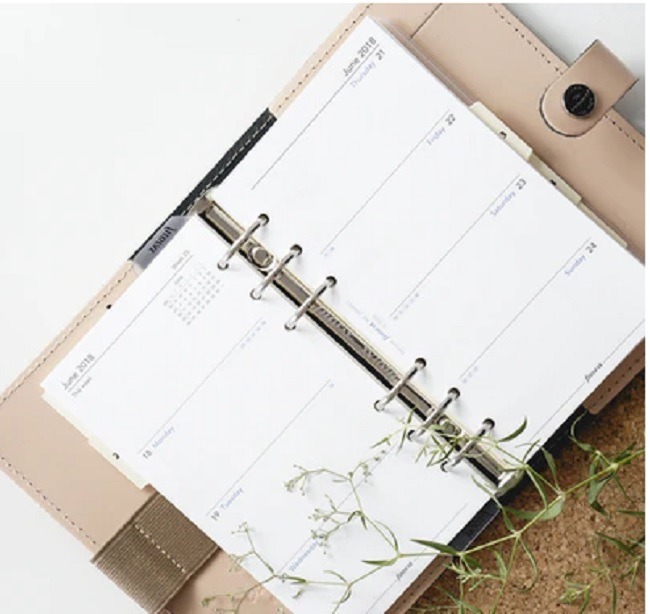If you’re making the transition to working from home, Elaine Quinn’s “There’s No Place Like Working from Home” is a must-read guide. While it’s geared more toward solopreneurs and small businesses, there’s still some great advice, even if you’re just working remotely for your employer. Most importantly, Quinn dives into the three most important aspects for successfully working from home: organization, motivation, and productivity.
1. Making the Transition
Quinn starts off “There’s No Place Like Working from Home” by talking about the work-from-home revolution. Outside of being an interesting look at how things are changing, I feel like the biggest takeaway is just how different working from home can be. I’ve read so many books that glorify it as something super easy, but Quinn doesn’t do that.

While she outlines the benefits, such as saving money on your commute and working on your own terms, she also talks about being realistic. Some of the challenges she talks about include:
- Productivity issues due to lack of a structured workday
- Missing the social aspect
- Tech problems
- Motivation issues
- Trying to do everything on your own
It’s nice to see a more realistic view, which is one of the things that makes this book worth reading in full. Of course, Quinn doesn’t stop here. She also goes into how to tackle those challenges to become highly productive and really enjoy the benefits.
2. Getting Organized
If you’ve ever tried working from home, organization might seem like a dream instead of anything possible. Once again, Quinn talks about working from home from the angle of running your own business. However, her advice and tips apply to everyone working at home.

A lack of organization can cost you clients and ruin your business, but it’s something many people struggle with, so you’re not alone. Organization issues also drastically affect your work performance, such as not being able to find an important file or losing your to-do list.
Of course, it’s not just about having a pretty desk or a clean email inbox. It’s also about reducing stress and helping you accomplish more. The stress that comes from not knowing where to find something, what to do next, or even how to start the day, affects your physical and mental health. It also makes it even harder to get organized.
Quinn talks about the misconception that organization is either something you are or are not good at, along with the common excuse of “I just don’t have time.” Instead, it’s a skill or habit you build through willpower and organization strategies. The top strategies to remember include:
- Create the perfect office for you and keep it organized
- Set up a system for managing all paperwork
- Organize your files and emails, even if it takes a while to do at first
- Carefully schedule meetings and calls to better organize your day
3. Staying Motivated
It’s hard to be productive if you can’t stay motivated. Sure, motivational quotes and posters are nice, but you’ll need more than that. While it’s not always possible if you’re not working for yourself, Quinn encourages you to stay true to your passions. If you’re doing something you love, it’s easier to stay motivated. Of course, now may be the time to start a side hustle and turn it into a full-time business.

One very important thing to do to stay motivated is to acknowledge and reward yourself for your accomplishments. Also, embrace new challenges so you don’t get bogged down by the daily monotony.
It’s also vital to maintain a positive attitude and surround yourself with positive people whenever possible, focusing more on what’s going right. For what’s going wrong, create a game plan to fix it instead.
Speaking of people, “There’s No Place Like Working from Home” reminds you to stay social. You need to still go out with friends. Foster new friendships and work relationships with clients. Work relationships are critical for helping you maintain your accountability and staying productive.
4. Getting Things Done
As you use Quinn’s tips and exercises to keep yourself motivated, you’ll find it easier to get things done. She acknowledges that there isn’t just one set process that works for everyone. In fact, she lists three main systems for better managing your goals and priorities:

- Covey Quadrants (works like an Eisenhower Box)
- A-B-C System
- Value vs. Effort System
Setting your goals and blocking out time based on your priorities helps prevent you from falling behind. Quinn further breaks down how to get things done when working at home into four steps:
- Managing time – Block out times for tasks so that you know exactly how much time you have and need, stay true to your to-do list, and list steps for getting things done.
- Managing yourself – Make yourself a priority, say “no,” don’t be a perfectionist, and work when your personal energy levels are highest.
- Structuring your day – Divide your day into sections for optimal productivity, create a set routine, and combine tasks.
- Finding work/life balance – Find satisfaction (if you’re not satisfied, you’re not finding balance), schedule your day to work around children and distractions so you can spend more time with loved ones on their schedule, and create boundaries for personal and work lives.
Quinn covers a surprising amount of challenges and advice in “There’s No Place Like Working from Home.” While the above sums things up, consider picking up the book to really reap the benefits and make working from home easier.

